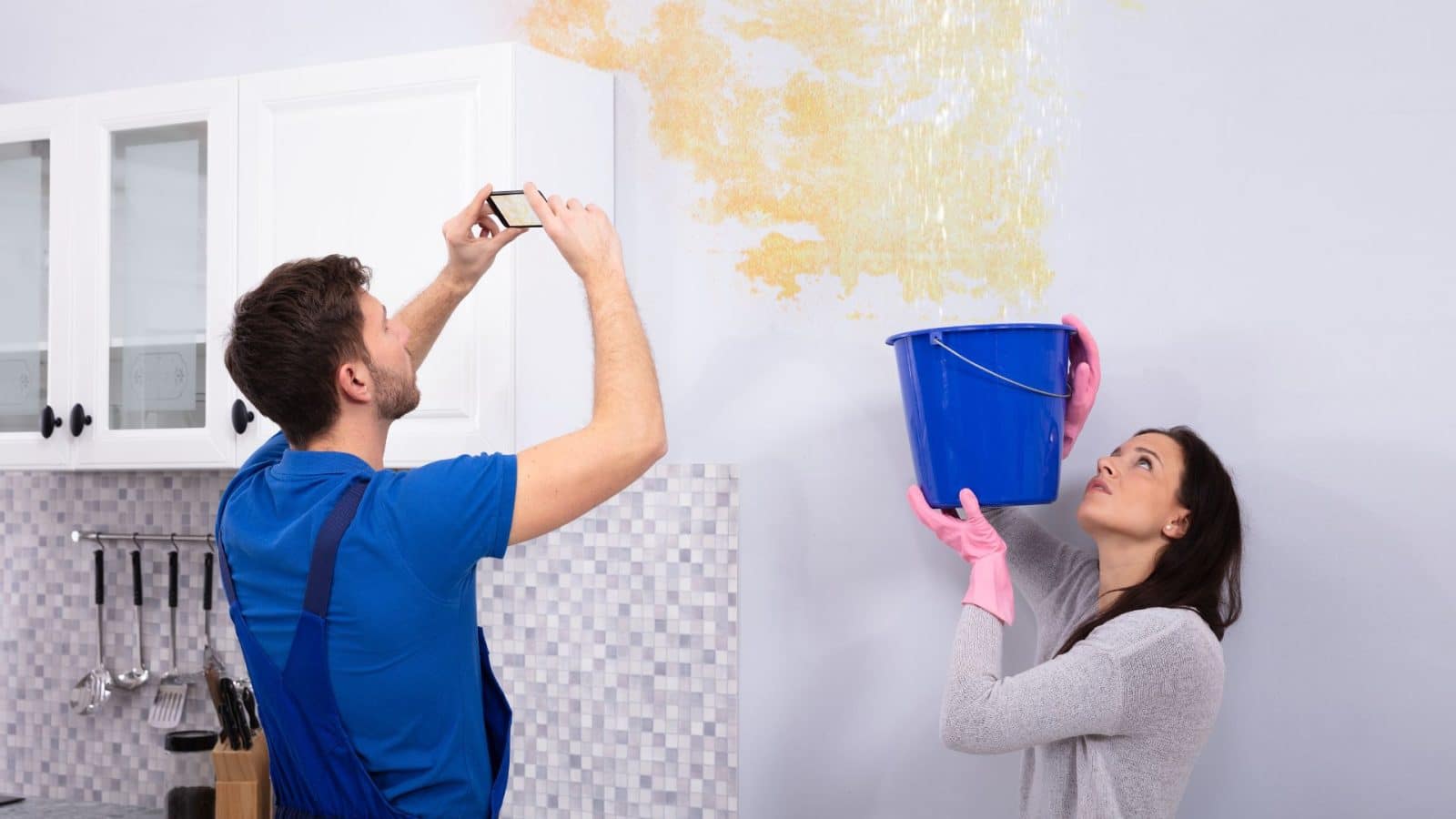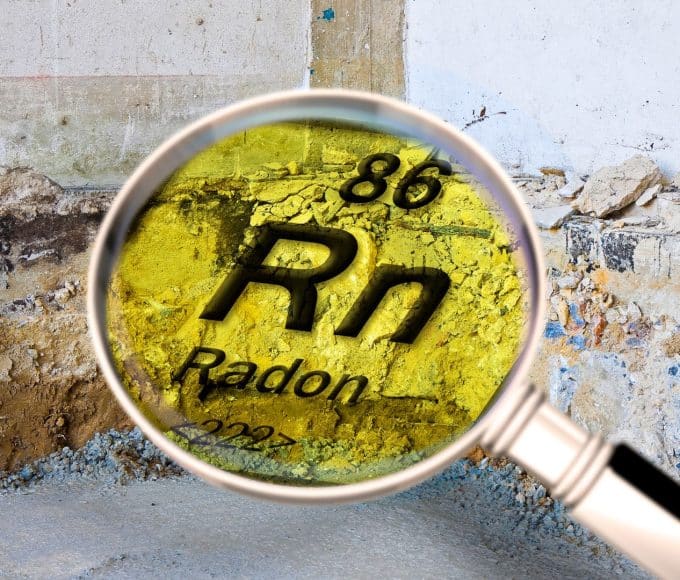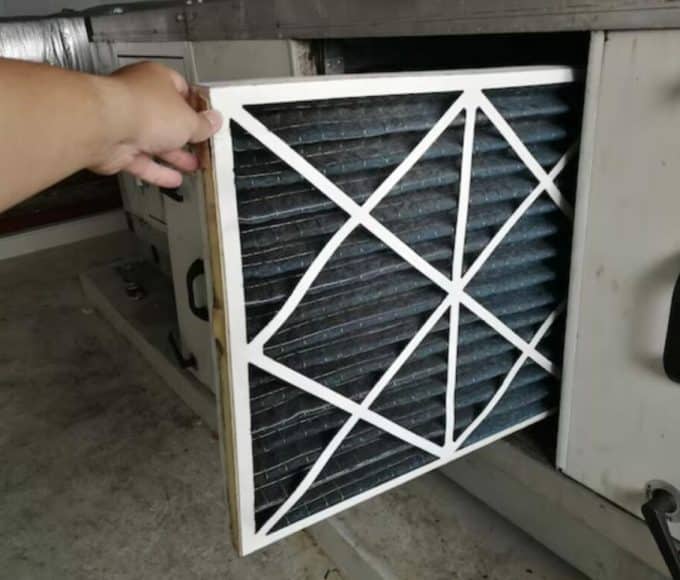Water damage can lead to serious and costly problems if not addressed quickly and properly. Whether it’s a small leak under the sink or a major flood spreading through your home, recognizing the issue early is critical to protecting your property and minimizing long-term damage. Acting promptly prevents the situation from escalating, reduces repair costs, and ensures your home remains safe and secure, but quick actions require knowing what to do when you see water damage in your home.
Identify the Source of the Water
The first and most important step is to find out where the water is coming from. Water damage can originate from numerous sources, including burst pipes, roof leaks, malfunctioning appliances, clogged gutters, or even natural disasters like heavy rain or flooding. Once you determine the source of the water, take immediate steps to stop or contain it.
Address the Root Cause
Fixing the immediate damage is only half the battle. To prevent the problem from happening again, you’ll need to address the underlying cause of the water damage. This process might involve repairing a leaking pipe, sealing cracks in your home’s foundation, cleaning clogged gutters, or replacing worn-out roofing materials.
Ignoring the root cause increases the likelihood of repeated water damage, which can lead to even greater costs in the long run. Water leaking may be a sign it’s time to replace your chimney flashing, but it could be a different problem entirely. Take the time to identify and fix the issue to protect your home in the future.
Stop the Spread of Water
Once you’ve identified the source, your next priority is to contain the water and limit its spread. Block off the affected areas using towels, buckets, or plastic barriers to prevent the water from seeping into carpets, furniture, or other rooms. If water is pooling in one area, use items like rolled-up towels or sandbags to prevent it from spreading. This step is especially important if the water threatens valuable items, electrical outlets, or other sensitive areas of your home.
Contact Your Insurance Provider
Once you’ve taken steps to mitigate the damage, it’s time to reach out to your home insurance provider. Many insurance policies cover water damage, but the extent of coverage can vary depending on the cause (e.g., sudden burst pipes versus gradual leaks).
Document the damage thoroughly by taking photos and videos of the affected areas before and after cleanup. Provide your insurer with as much information as possible, including receipts for any immediate repairs or professional services you’ve hired. Acting quickly ensures a smoother claims process and helps you get the compensation you need to repair your home.
Dealing with water damage can be an overwhelming experience, but when you know what to do with water damage in your home, you can take swift and organized action to protect your space. Plus, when in doubt, don’t hesitate to seek professional help—your home is one of your most valuable assets, and it deserves proper care.
Recommended reading: 5 Things in Your Home That Are Making Your Allergies Worse















